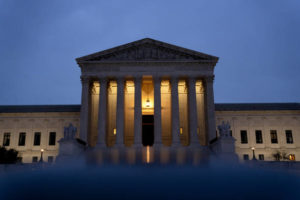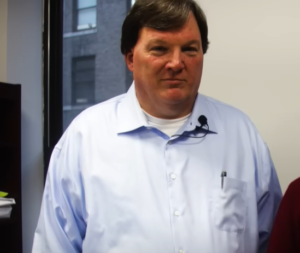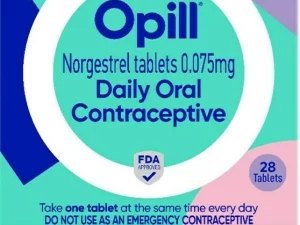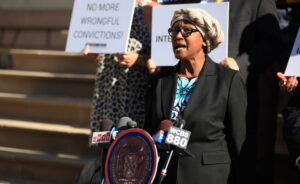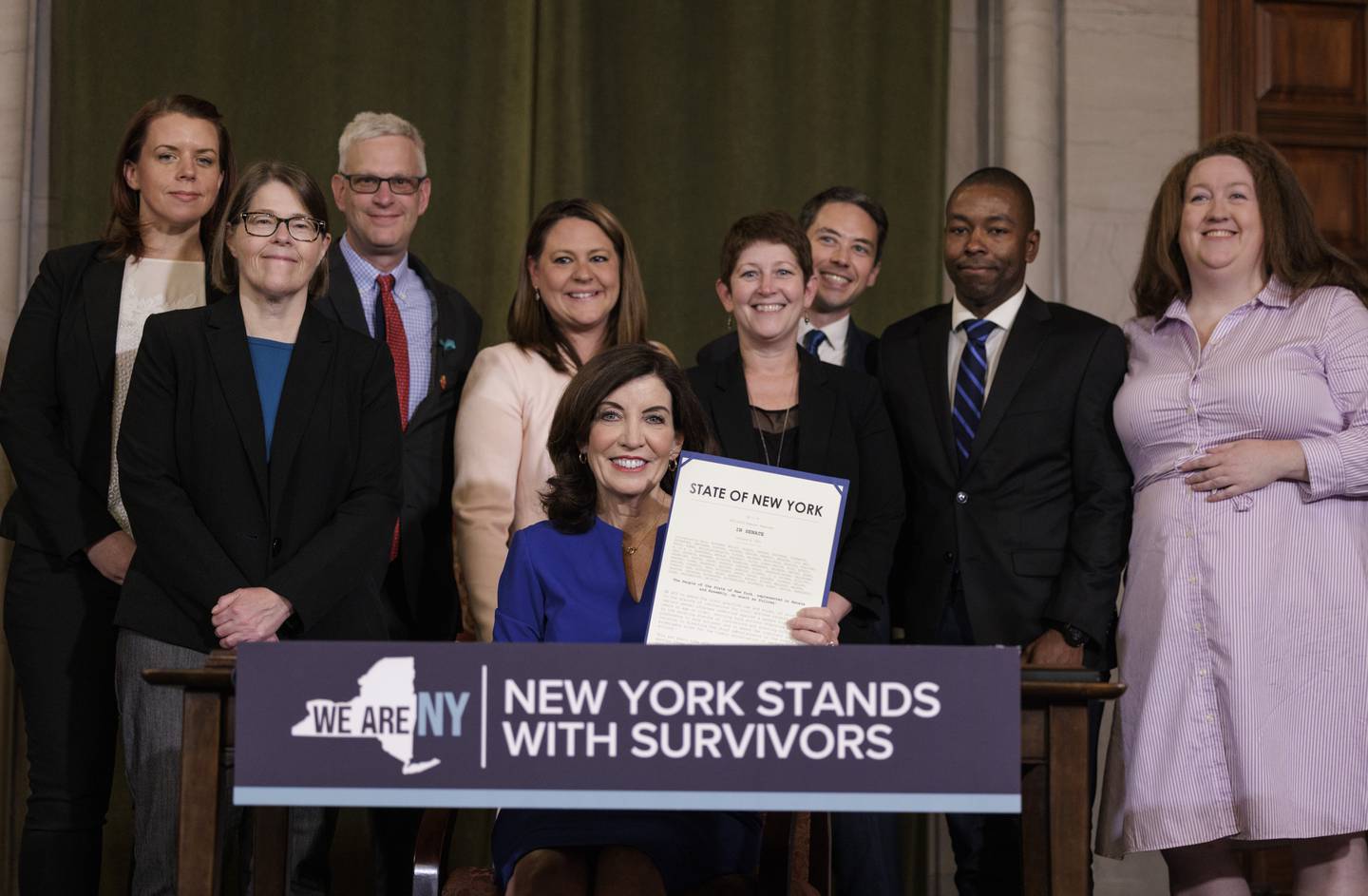
NY Adult Survivors Law
New York – As written on the Current Affairs Times, On May 24, 2022, Governor Hochul signed the Adult Survivors Act (ASA) into law. This bill passed the Senate quickly and was ferried past the same arguments made against the Child Victims Act (CVA) in the Assembly. Both laws provide a lookback to allow victims of sexual abuse to sue their abusers despite the statute of limitations having run. This includes the institutions that may have assisted or enabled them.
A statute of limitations is the timeframe within which a claim must be brought and varies from offense to offense. For example, the statute of limitations in NY for a civil claim for most sexual abuse claims is typically three years to file. The primary reason for these laws is to help ensure that convictions or judgments are based upon evidence that has not deteriorated with time. This is weighed against the seriousness of the offense, with more serious crimes having no statute of limitations.
It has been an open issue that statutes of limitations often worked against survivors of sexual trauma, often being written or signed into law by men in institutions with significant allegations against them or their colleagues. A recent example is former Gov. Cuomo. However, government, social, religious, and political entities have had a lot of allegations of sexual impropriety in general, and all deeply influence legislation.
With the signing of the ASA, many of these institutions will be held responsible for being involved in a range of bad behavior that was officially forbidden, but often tolerated, condoned, or covered up.
Child Victims Act: The Successful Test
The issue of the statute of limitations was addressed for survivors of sexual abuse who were children at the time by the CVA. This legislation included a “lookback window,” as is included in the ASA.
The lookback window is essentially a temporary lifting of the statute of limitations for victims to move forward with their claims against former abusers and institutions that may have assisted them. Institutions like the Catholic Church and Boy Scouts of America led a lobbying effort against it, claiming that it would be unfair to hold them and other nonprofit or taxpayer-funded institutions under different administrations responsible years after insurance and other relevant records would no longer be on file.
Despite some resistance from institutions that rightfully feared lawsuits, the CVA passed, allowing adults victimized as children to pursue civil claims decades after their abuse. This led to thousands of claims, becoming a major factor in four Catholic dioceses in New York and the Boy Scouts of America declaring bankruptcy.
The Adult Survivors Act
The ASA is poised to do much of the same as the civil lawsuit lookback offered in the CVA, though with a different demographic. The lookback window it offers is for those victimized as adults. The focus on enabling institutions will shift from the organizations charged with the welfare of children to those charged with the welfare of adults, like large workplaces.
Many large, influential institutions were notorious for condoning, enabling, or even assisting in bad behavior at a time when it was more tolerated. They may have their actions, or lack thereof, closely scrutinized in court. Think of it as a potential wave of financial repercussions for the last holdouts of Mad Men culture.
For example, Fox News Headquarters is located in NYC. This company has already paid millions for sexual assault and sexual harassment claims, including against some of its biggest stars like Gretchen Carlson. This would make them a prime example of a business in New York with a history of being involved at some level, leaving them vulnerable to additional claims during the lookback window.
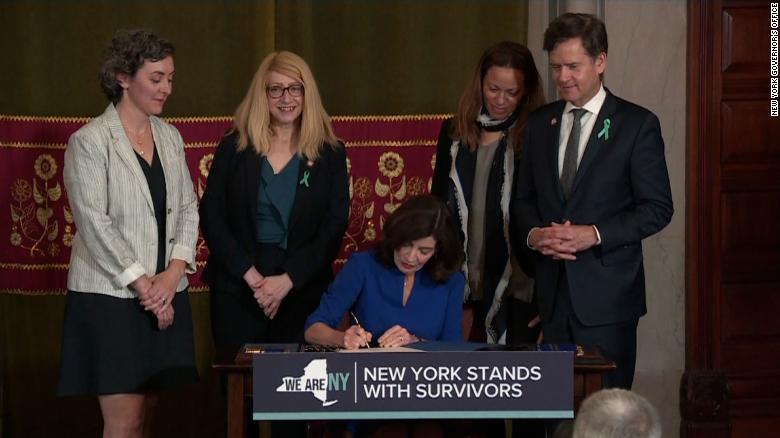
Avoidance Behavior
The symptoms of PTSD, which many who came forward after the CVA continue to suffer from, include the very first part of the experience listed by Very Well Mind in its article “Understanding PTSD After Sexual Assault” on the experience of sexual assault survivors: “Their experience might include: Avoidance, such as avoiding thoughts or feelings of the traumatic event; staying away from reminders of the trauma such as people, places, objects or situations; and resisting conversations about what happened.”
The existence and significance of avoidance behavior are echoed by the Mayo Clinic, which noted in an article on PTSD that “PTSD symptoms are generally grouped into four types: intrusive memories, avoidance, negative changes in thinking and mood, and changes in physical and emotional reactions… Symptoms of avoidance may include: Trying to avoid thinking or talking about the traumatic event[;] Avoiding places, activities, or people that remind you of the traumatic event.” Additionally mentioned by this Mayo Clinic article is that the symptoms of PTSD, especially without treatment, can last for years and “interfere with day-to-day functioning.”
This avoidant behavior has been extensively researched and confirmed, such as by the article “Avoidant Coping and Treatment Outcome in Rape-Related Posttraumatic Stress Disorder,” initially published in the highly-respected, peer-reviewed Journal of Consulting and Clinical Psychology:
“Specifically, avoidant coping is related to poorer psychological adjustment (Cohen & Roth, 1987; Santello & Leitenberg, 1993) and more severe PTSD symptoms (Boeschen, Koss, Figueredo, & Coan, 2001; Valentiner, Foa, Riggs, & Gershuny, 1996)…. In their seminal paper on coping, Roth and Cohen (1986) defined avoidant coping as cognitive and emotional activity-oriented away from the threat. Avoidant coping generally reduces immediate stress but may disrupt daily life, lead to emotional numbness, and interfere with the more appropriate action. Avoidant coping responses to rape have been characterized as attempts to “block out memories of [the] rapes or minimize or rationalize [the] rape experiences” (Boeschen et al., 2001, pp. 211)”
The Takeaway
From memory issues and rationalizations to avoiding thoughts linked to traumatic events, the effects of PTSD for sexual abuse survivors read like a manual on how to discourage someone from reporting abuse or filing a claim.
Under previous law, someone who may have been targeted by a predator who recognized they were vulnerable and unable to report at the time may have had few options. One situation from my own experience in advocacy includes the devastating number of undocumented women who were assaulted by someone who knew they would not go to an authority figure out of fear of deportation. With NYC’s Sanctuary City legislation, this has changed a bit (in my city at least). An undocumented woman who may have feared contact with the police or courts during the statute of limitations a decade ago may be more likely to come forward today.
Additionally, many who were victimized and qualify for this law did not wish to sacrifice their career to confront someone more powerful than themselves in the workplace. This power dynamic was on full display with former Gov. Cuomo, the scion of the most powerful family in the state of New York, was confronted by an aide whose early career he could have easily crushed in a previous era (or perhaps more recently had he not alienated half of Albany).
Filing a legal claim against an abuser, with the hours of research, legal consultations, gathering evidence, reaching out to witnesses, and other time-consuming tasks force a victim to focus on and re-live their trauma: this is a higher bar to clear than day-to-day functioning that victims can have difficulty with. It can be an exhausting and demanding experience for someone who is still struggling, often largely because of the trauma that would form the basis of their claim. This law will allow victims to file their claims and send a shockwave through NY’s corporate culture. Millions of dollars of liabilities will now need to be settled, fought, and ultimately calculated into business.
Thumbnail And Image Credits: Mike Groll/Office of the Governor
Source
This is a legal analysis by Attorney Ryan Campbell.

